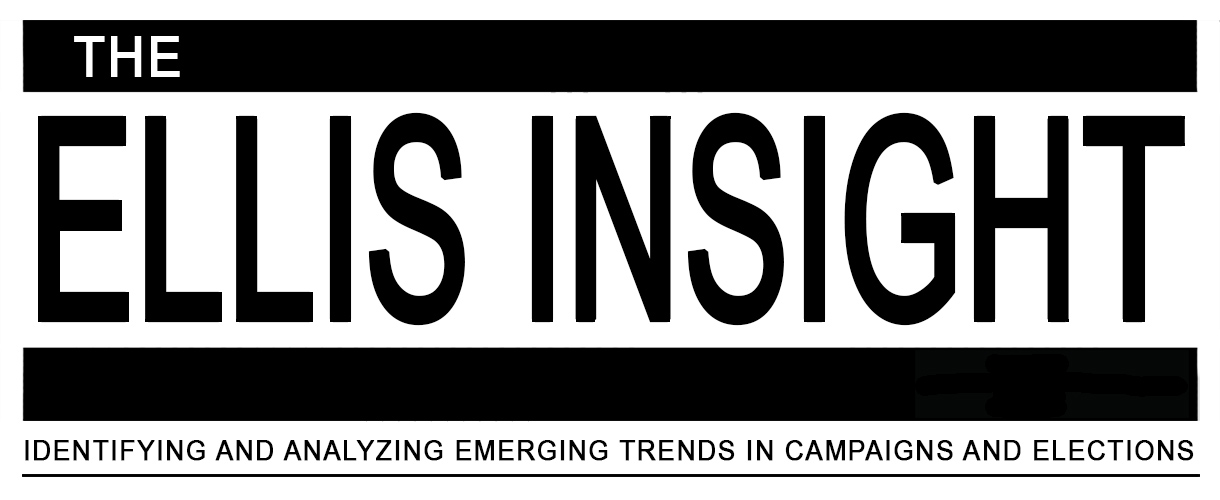By Jim Ellis
May 10, 2016 — If the Democrats are to have any chance of making major gains in the 2016 House of Representatives elections, they must take advantage of seats in states like Minnesota where they traditionally perform well. Now, it appears the slates are virtually set for the North Star State’s fall elections.
The Republicans held their party endorsing convention over the weekend, which likely produced their congressional nominees. The Minnesota Democratic-Farmer-Labor Party (DFL) held their convention at an earlier date.
While the DFL candidates are challenging for two of the state’s three Republican seats, the Minnesota GOP also has two potential conversion opportunities.
The weekend’s major convention fight came in Rep. John Kline’s (R-Burnsville) open 2nd District. There, radio talk show host and 1990 congressional candidate Jason Lewis (R) prevailed on the sixth ballot to win the party endorsement. Normally, the convention victory is tantamount to nomination but two of the losing candidates in this district, manufacturing executive Darlene Miller, who enjoys outgoing Rep. Kline’s endorsement, and former state Sen. John Howe look to force an Aug. 9 primary.
